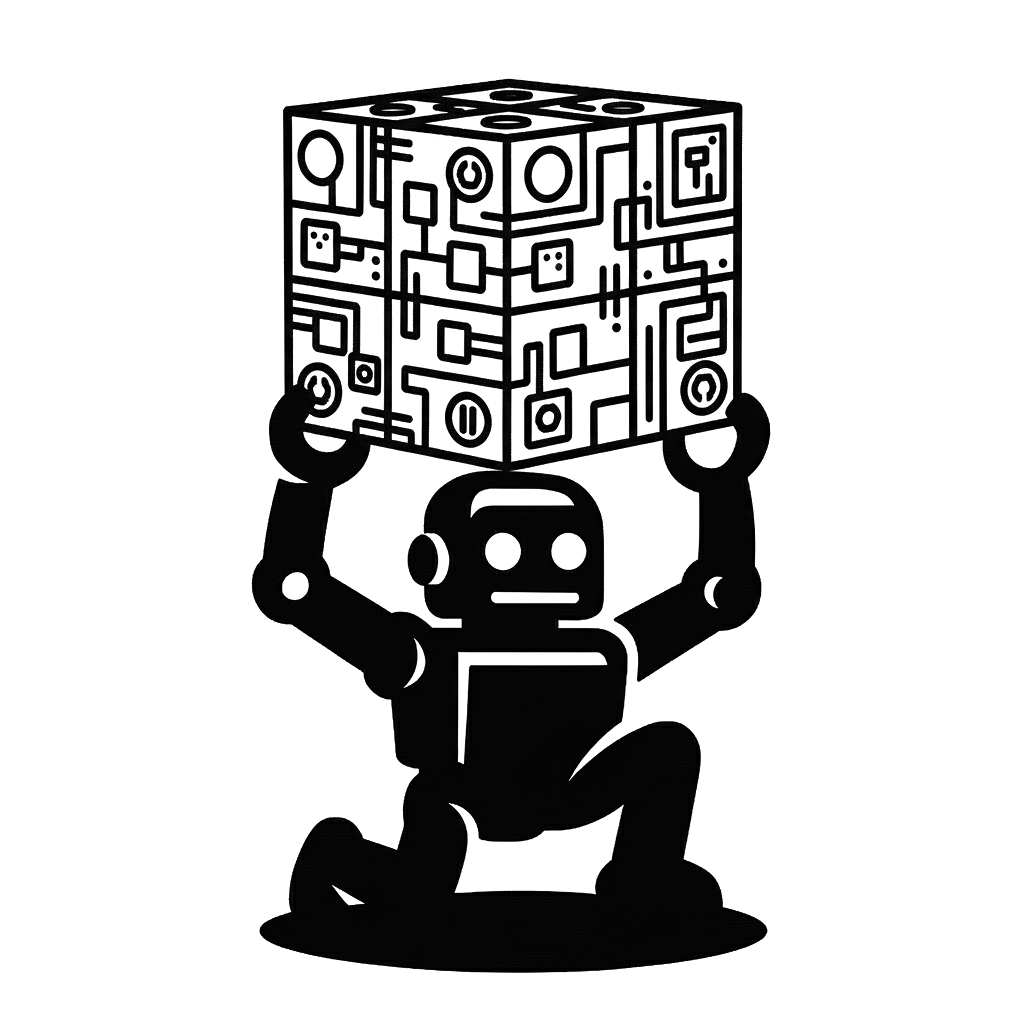Creating Custom Bodies#
The tutorial demonstrates the creation of a body and its visual and collision information First, let’s create a world.
from semantic_digital_twin.datastructures.prefixed_name import PrefixedName
from semantic_digital_twin.spatial_types.spatial_types import TransformationMatrix, RotationMatrix
from semantic_digital_twin.utils import get_semantic_digital_twin_directory_root
from semantic_digital_twin.world import World
from semantic_digital_twin.world_description.world_entity import Body
world = World()
Next, let’s create the visual and collision information for our body.
The collision describes the geometry to use when calculating collision relevant things, for instance if your robot is colliding with a table while moving. The visual information is purely for esthetics. Both of these are collections of shapes.
Supported Shapes are:
Box
Sphere
Cylinder
FileMesh/TriangleMesh
Finally, in our kinematic structure, each entity needs to have a unique name. For this we can use a simple datastructure called PrefixedName. You always need to provide a name, but the prefix is optional.
import os
from semantic_digital_twin.spatial_types import Point3, Vector3
from semantic_digital_twin.world_description.shape_collection import ShapeCollection
from semantic_digital_twin.world_description.geometry import Box, Scale, Sphere, Cylinder, FileMesh, Color
box_origin = TransformationMatrix.from_xyz_rpy(x=0, y=0, z=0, roll=0, pitch=0, yaw=0)
box = Box(origin=box_origin, scale=Scale(1., 1., 0.5), color=Color(1., 0., 0., 1., ))
sphere_origin = TransformationMatrix.from_xyz_quaternion(pos_x=0, pos_y=1., pos_z=1., quat_x=0., quat_y=0., quat_z=0.,
quat_w=1.)
sphere = Sphere(origin=sphere_origin, radius=0.4)
cylinder_origin = TransformationMatrix.from_point_rotation_matrix(point=Point3.from_iterable([1, -1, 2]),
rotation_matrix=RotationMatrix.from_axis_angle(
Vector3.from_iterable([1., 0., 0.]), 0.8, ),)
cylinder = Cylinder(origin=cylinder_origin, width=0.05, height=0.5)
mesh = FileMesh(origin=TransformationMatrix(),
filename=os.path.join(get_semantic_digital_twin_directory_root(os.getcwd()), "resources", "stl", "milk.stl"))
collision = ShapeCollection([cylinder, sphere, box])
visual = ShapeCollection([mesh])
body = Body(name=PrefixedName("my first body", "my first prefix"), visual=visual, collision=collision)
When modifying your world, keep in mind that you need to open a world.modify_world() whenever you want to add or remove things to/from your world
with world.modify_world():
world.add_body(body)
from semantic_digital_twin.spatial_computations.raytracer import RayTracer
rt = RayTracer(world)
rt.update_scene()
rt.scene.show("jupyter")
If you think you have understood everything in this tutorial, you may try out our self-assessment quiz for this user guide
Warning
Using the above method to visualize your world only really makes sense in a notebook setting like this. If you want learn how to properly visualize your worlds, check out the Visualizing Worlds tutorial.
Warning
If you are trying to create multiple bodies without connecting them, you will run into trouble with the world validation. If you want to see how to create multiple bodies, check out the World Structure Manipulation tutorial.
